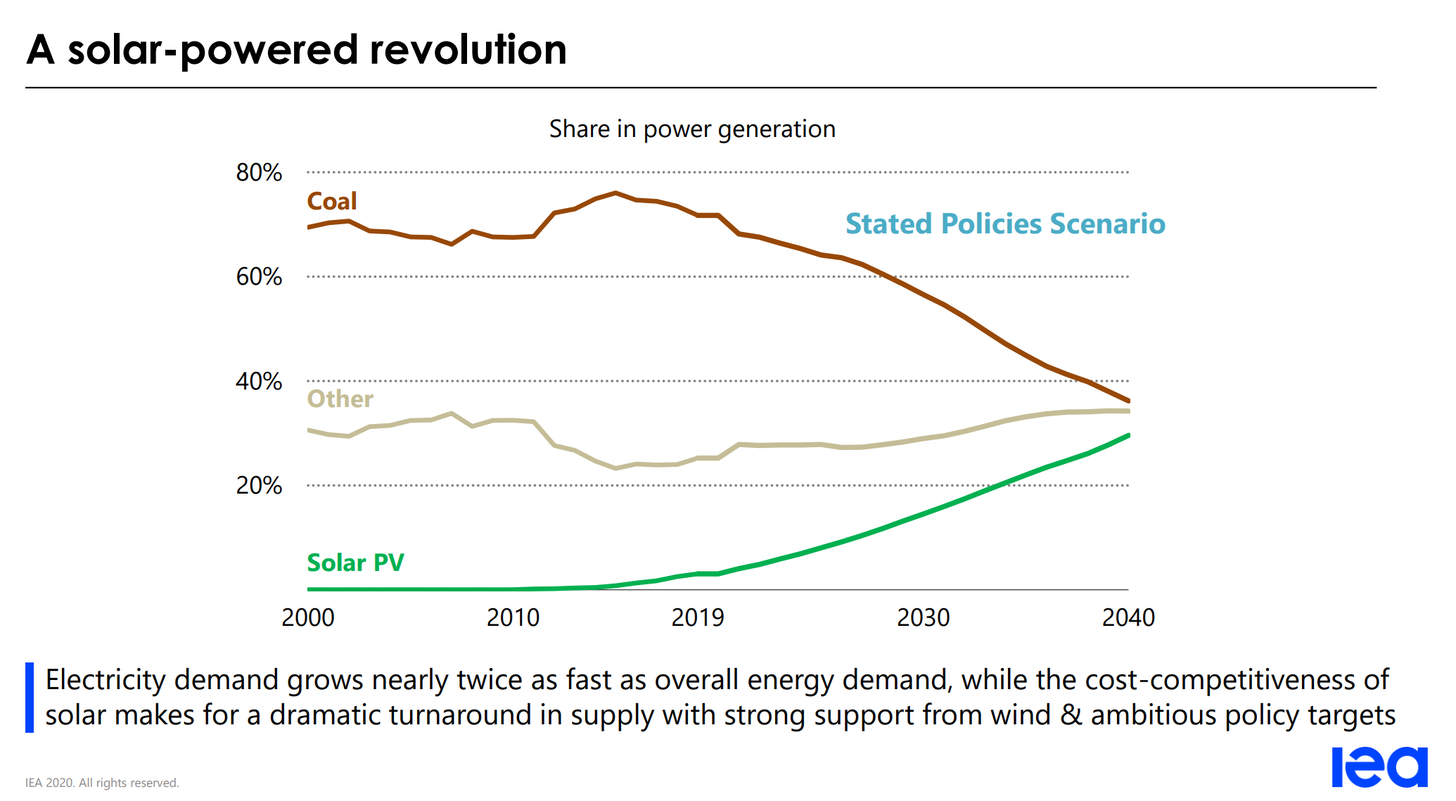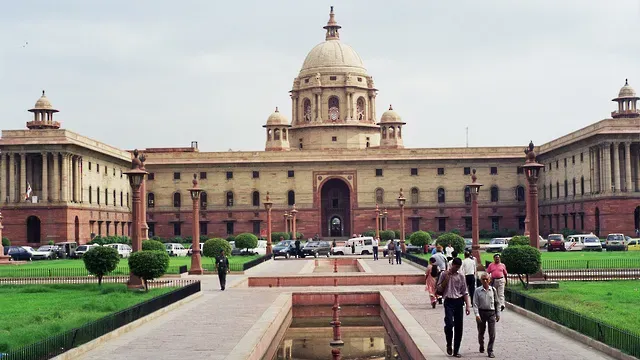India’s impossible path to net zero in 2050
What it takes may be more than what Indians are ready to give.

Welcome to today’s Lights On, a newsletter that brings you the key stories and exclusive intel on energy and climate change in South Asia.
In case you missed it, take a look at my Sunday interview with Christoph Nedopil Wang about efforts to decarbonise China’s Belt and Road Initiative.
If you are not a subscriber, you can sign up below, for free, or you can support my work by purchasing a membership:

The road to net zero is steep for India. The goal comes with harsh trade-offs for any country that has committed to it, but India's unique combination of its size, population still living in poverty and fast paced growth means that modellers who try to demonstrate such a drastic decarbonisation is possible raise more questions than they answer.
Last week, a Bloomberg exclusive revealed that top officials in the Indian government were considering a net zero target commitment by 2050, possibly giving in to international pressure after China, the UK and other major economies announced similar pledges. The news came as a surprise to many observers, as the government seemed to be focussed on decarbonising locally at a feasible pace rather than joining the net zero bandwagon.
“Trade-offs are inherent to every change,” says Ashok Khurana, director general of India’s Association of Power Producers, whose members constitute over 90 percent of the existing and planned power capacity in the private sector. “The decision makers in consultation with industry are making an informed choice, which if seen holistically has huge long term benefits.”
But now that the net zero policy U-turn seems more likely, the question is whether such a result is possible at all. The experience of the UN climate body, the IPCC, teaches us that anything can be modelled - you set a goal and scientifically chart your way from now to that point. The UN scientists showed us what it would take to keep the planet within 1.5C warming above pre-industrial levels. But we know how that’s going - while the target is technically achievable, countries are nowhere near on track to even stay within 2C of warming.
Vaibhav Chaturvedi, an economist with the non profit Council on Energy, Environment and Water (CEEW) in Delhi, says that the idea behind his latest research is similar to the IPCC’s. His study out this week highlights the trade-offs involved in India’s potential decision to set a net-zero target by the half-century - and finds that they are brutal.
What’s needed
Without substantial carbon capture and storage (CCS) technologies, the share of fossil fuels in India’s energy basket should collapse to 5 percent from 73 percent in 2015. Just look at this graph from the International Energy Agency, part of its India Energy Outlook 2021. The fact that by 2040 coal alone is expected to account for just below 40 percent of the mix is hailed as an unprecedented success.

The country will have to undergo rapid electrification across all sectors, Chaturvedi says. According to the report,
Over two-thirds of India’s industrial energy use and new vehicle sales would have to be electrified, compared to the 20.3 percent share of electricity in industrial energy use and a negligible share in transport energy use as of now.
At least 83 percent of this electricity would have to come from renewable sources other than hydro by 2050, from just above 10 percent in 2019. By the same year biofuels, which currently account for a negligible slice of India’s fuel consumption, should replace the near totality of the oil used today.
Who pays the price
Whether a net zero target is set for 2050 or decades later, three major roadblocks remain. First, electricity prices will necessarily go up for urban consumers - an issue that is highly politicised in India. This would happen because the vast majority of Indian industries still rely on cheap fossil power. Mass electrification would require ending the hefty subsidies that keep electricity prices low for households, and high for everyone else.
Many Indian states, particularly in the east, are still hugely coal dependent, and employ about half a million people in the mining sector. And these are jobs that can’t be translated into ‘clean’ roles in the solar industry - which are very different in nature. From an economic perspective, they may be replaced as the clean energy industry expands, but they will be lost forever for the people at work today.
A net zero commitment would also mean a radical overhaul of the Indian railways, which with 1.4 million employees is one of the top ten employers in the world. Currently, the government owned company owes a big chunk of its earnings to coal, which in turn helps keep ticket prices low for the millions of travellers who could not afford higher fares.
The long game
A radical shift away from carbon comes with opportunities too. “Whenever any big transition happens, early movers always get an advantage,” Chaturvedi says. Look at China, which has already decided that solar is the future. “It is already going after critical minerals, it’s owning mines across multiple countries. It’s already creating supply chains,” he explains. India could take advantage of a similar paradigm shift by becoming a global leader in battery manufacturing among other emerging green industries, he says.
Navroz Dubash, a professor at the Centre for Policy Research, says that while such a radical transition holds opportunities, “we're not talking enough about the risks and who will bear them.” India owes it to its citizens to make sure that this is not a process where the benefits go to those who are bold enough, and have the means to seize the opportunity, but “the downsides get socialised to the population”.
Diplomatically, a net zero commitment will make India look good internationally, “it’s just not clear that developmentally it does everything we need, and I'm not that convinced this will be the best way to bring our emissions down, either,” Dubash says.
Bold, unrealistic targets in India have seldom delivered on their promises. But according to industry leaders they also serve a more subtle, meaningful purpose.
The controversial target of 100 GW of installed solar capacity, which will likely be missed, “gave much needed impetus for price competition and scale to the sector which is now second to none,” says Subrahmanyam Pulipaka, CEO of the National Solar Energy Federation of India. “If we perceive this target of net zero in a similar way, apart from meeting the deadline, this might help in changing consumption patterns, energy proliferation, growth of mobility by paving the way to more energy efficient technologies,” he hopes. “The worst that can happen is we miss the deadline. But in the process, we would have significantly changed the way our country perceives net zero.”
That’s all for today! If you like what you read, please consider signing up for free or as a member:



